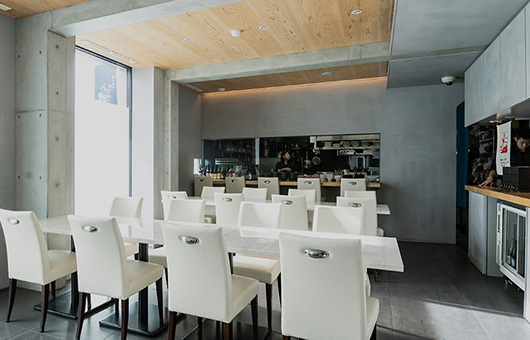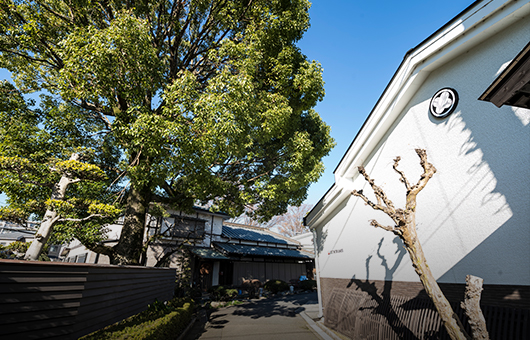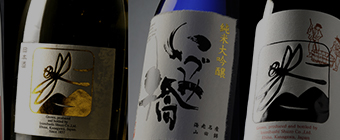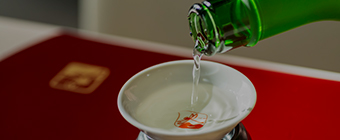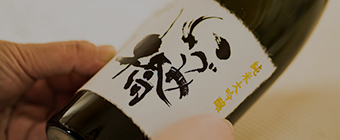A Proud Granary for Over 2,000 Years
The Izumibashi Story
Izumibashi Sake Brewery was founded in 1857, during Japan’s Edo era.
Nestled in the heart of the Ebina heartland, Izumibashi has long taken advantage of the area’s natural bounty,
from abundant land for rice growing to the natural waterflow from Mt. Tanazawa.
To this day, we continue our growth as a cultivation brewery,
with respect for the rice-growing and sake-making skills those before us have passed down,
so that we might pass these traditions on to the generations to come.
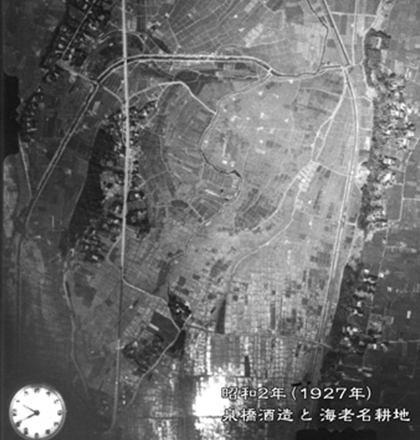
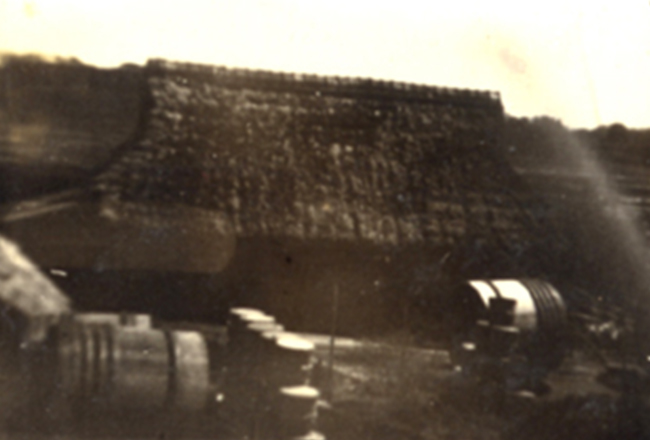
The Origins of Our Name
The Izumibashi Sake Brewery rests in the center of the Ebina heartland, amidst the illuvial plains created by the great Sagami River.
Our company’s name, Izumibashi, comes from the agricultural land around us. Just north of the Izumibashi brewery runs the Izumikawa river that provides our fields with water. Combining the “Izumi” in Izumikawa and the first kanji character of our house name - Hashiba - Izumibashi Sake Brewery found its name.
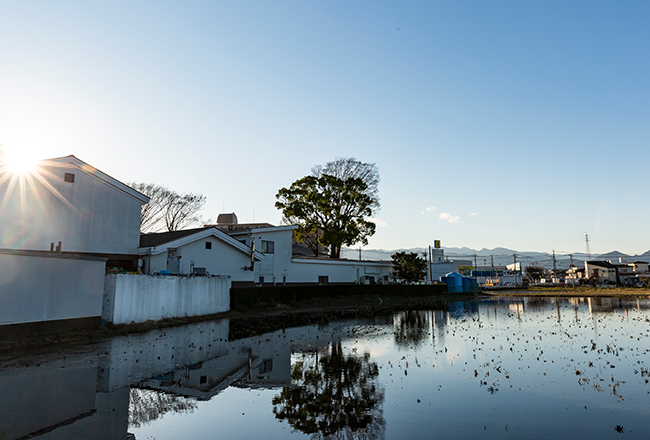
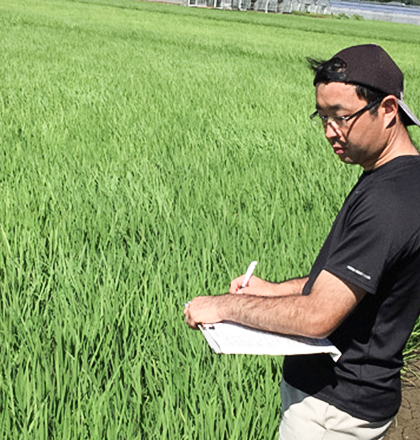
The Cultivation Brewery’s Pledge
Founded in 1857, Izumibashi spent many years cultivating primarily table rice. Beginning in 1996, we shifted our focus to grow sake rice and began the Sagami Sake Rice Institute two years later in partnership with local producers in order to study and research sake rice growing.
In 2006, Izumibashi determined to focus singularly on junmai sake. In 2016, we registered as a cultivation brewery, making sake that respects the unique characteristics of our local environment.
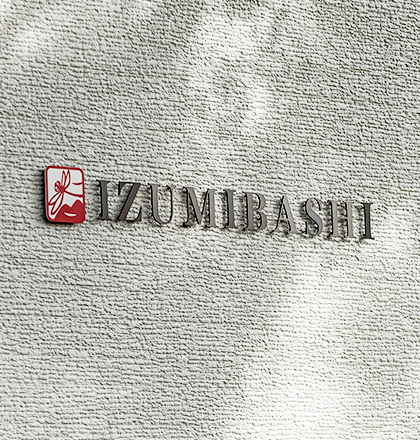
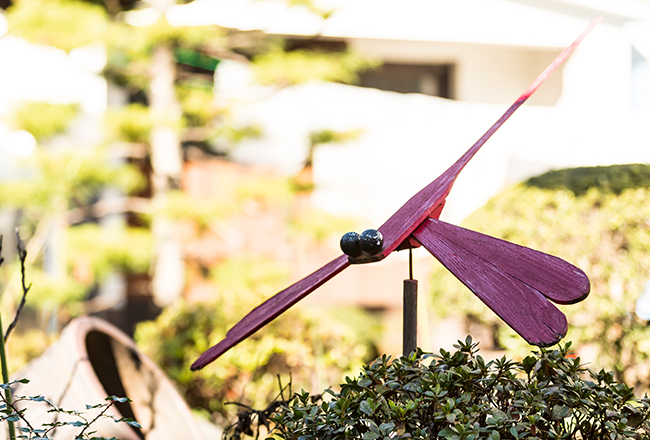
Honoring Our Homeland
with the “Akatonbo”
Symbol
The “Akatonbo,” the official mark of Izumibashi, reflects the image of a dragonfly soaring over the Izumibashi Sake Brewery’s rice fields. Visible from the brewery is Mt. Oyama, a respected landmark for the local people, and part of the mountain ranges of Tanzawa, where mineral rich waters flow beneath. This source of hard water – rare in Japan – lends itself to sake that is clear and rich in umami, bringing out the full flavors of the dishes it’s paired with.
Red dragonflies are a common sight in the autumn skies of our neighborhood, and we pledge to continue making great sake to pay our respects to our community and give thanks for its natural splendor.



